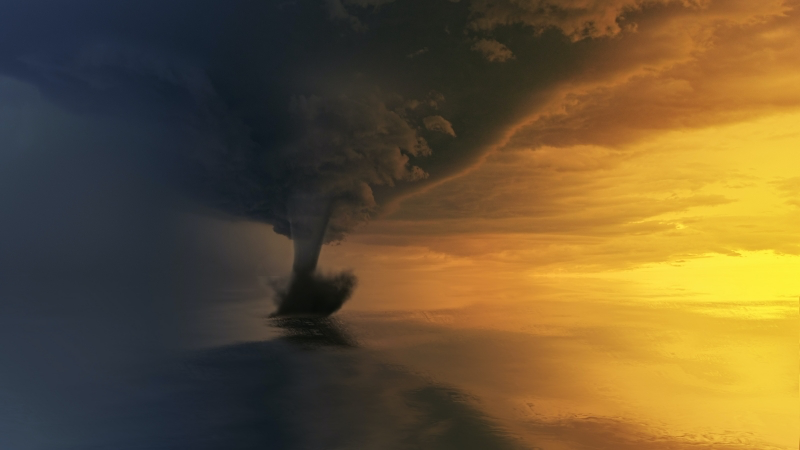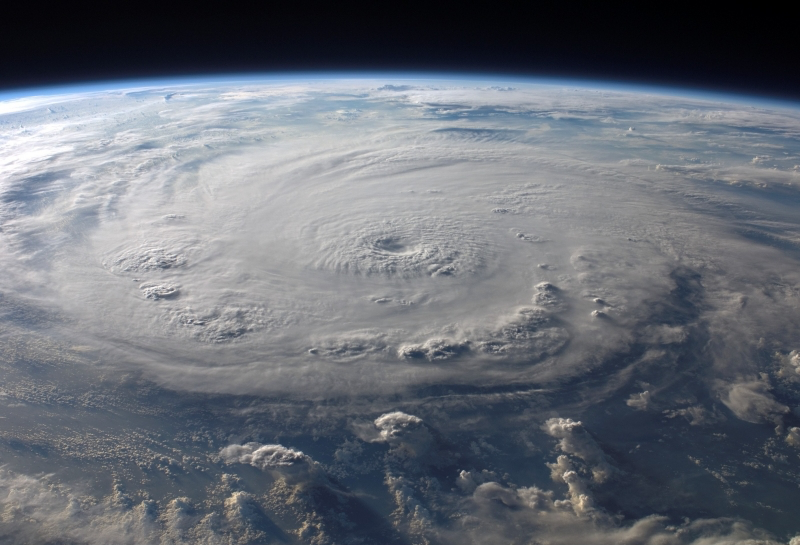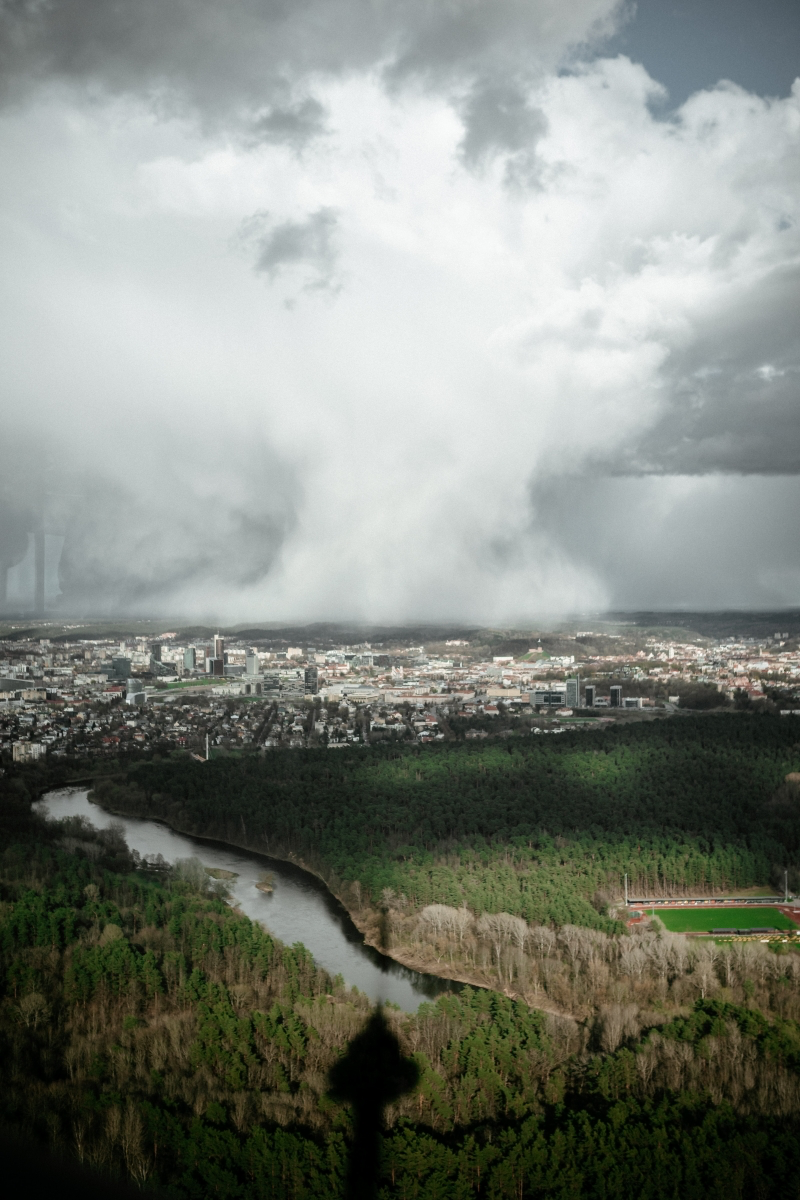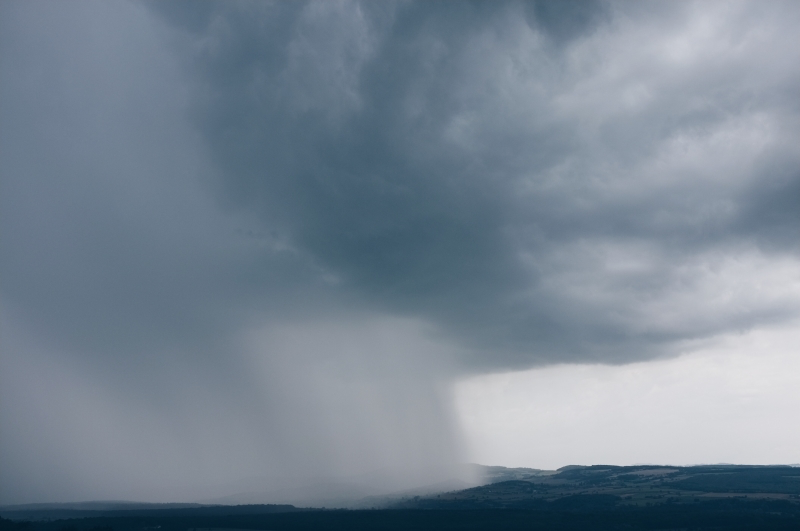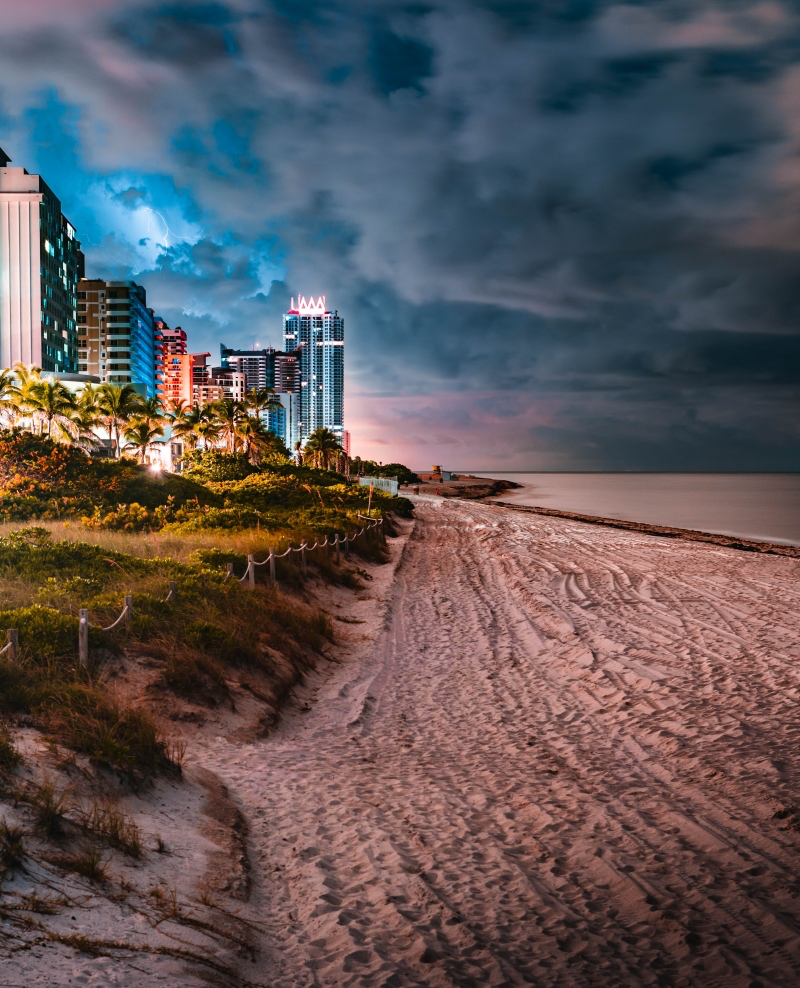Where Do Hurricane Names Come From?
For as little as EUR 240, you can have your name immortalized in the history of meteorology. All thanks to sponsoring atmospheric phenomena. Here, we explain who gives names to windstorms and hurricanes, and where you can buy your own patronage.
Naming hurricanes is not a novel idea. A few hundred years ago in India, natural disasters were named after the saints on whose days a given phenomenon occurred. There was a period in which they were identified by geographic coordinates, but in the 20th century, it was decided to follow a naming system based on female (at one stage, exclusively female) and male names. The currently used name system has been in use since 1979.
Hurricanes around the world
What actually is a hurricane, and how is it different from a typhoon or a windstorm? According to its simplest definition, it is strong wind with an average speed of at least 33 m/s (at least 12° on the Beaufort scale). Hurricanes form above bodies of water with a temperature of up to 26.5 °C. The main area of their formation is the Atlantic Ocean. In turn, the strong winds blowing above the Pacific and the Indian Ocean are called typhoons. Windstorms are hurricanes – or rather their atmospheric consequences – reaching Western and Central Europe, which includes Poland. The classification of hurricanes from the Atlantic and north Pacific area utilizes the five-step Saffir-Simpson scale, in which number 5 denotes extreme conditions.
Hurricanes in Europe
Rather than hurricanes, Europe experiences windstorms, which are usually the “echoes” of catastrophes unfolding in the Atlantic Ocean. Although they usually pose a smaller threat, they should not be underestimated. Each year, Europe faces at least a dozen windstorms. They wreak havoc mainly in the western part of the continent. Once they reach Central Europe – which is a recent phenomenon, as windstorms did not use to come this far before – they tend to weaken and cause less harm.
Who names hurricanes and windstorms?
The procedure of giving names to hurricanes differs around the globe. Currently, there are at least 11 significant centers worldwide that provide such names, e.g.:
- National Hurricane Center (USA) – the North Atlantic and eastern Pacific area;
- Central Pacific Hurricane Center, Honolulu – central Pacific;
- Japan Meteorological Agency – western Pacific;
- India Meteorological Department – north part of the Indian Ocean.
- Free University of Berlin – Europe.
|
The hurricanes which appeared in 1953-1978 in the Atlantic Ocean were given female names, which was met with protests of e.g. feminist circles. In 1979, a decision was made to also include male names in the name system for natural disasters. |
The list of permissible names of hurricanes is prepared by the World Meteorological Organization (WMO). They are used in a six-year rotation, which means that, apart from some exceptions which we will discuss later, a given name returns to the pool after a certain period. Thanks to an organized naming system and alphabetical order, we can also predict e.g. the name of a hurricane that will appear in the Atlantic in 2025 or 2026.
The list of the World Meteorological Organization includes names of 21 hurricanes a year. Therefore, if there are more such phenomena in the Atlantic Ocean over a period of 12 months, they will be labeled using consecutive letters from the Greek alphabet, that is Alpha, Beta, Gamma, Delta, etc. In Europe, where windstorms occur, there is no officially agreed name system. Each country is free in this regard; however, the most often used names are those given by the Meteorology Institute at the Free Berlin University.
Buy some weather
Can only scientists give names to atmospheric phenomena? Actually, no. The Free Berlin University also offers such an opportunity to sponsors. Each year, there are about 130 high-pressure and 50 low-pressure areas in Europe, which affect the local weather to such a degree that they are given names. For an appropriate fee, one can “baptize” such phenomena, while profits from the transaction are used to support education and further meteorological research. Current rates:
- EUR 360 for naming a high-pressure area;
- EUR 240 for naming a low-pressure area.
The differences in prices result from the duration of individual phenomena as well as their media coverage. Detailed information on name sponsorship can be found at: met.fu-berlin.de/wetterpate. As of now, sponsorship for 2022 has been closed, but requests for 2023 are open.
How to insure a property against a hurricane?
Home insurance policies rarely use terms such as hurricane or windstorm – this phenomenon is much more often referred to as gale-force wind, storm, or simply wind. In general, it all comes down to the threshold speed, which usually equals 17.5 m/s. Wind coverage is most often available in the basic version of an insurance policy. It also includes other events which are directly or indirectly connected with hurricanes: lightning, falling trees, and masts, torrential rain, flooding, snowfall, and hailstorm.
‘A basic home insurance policy, which protects e.g. against wind, fire, torrential rain or lightning, is a relatively inexpensive product. For no more than a few dozen zlotys per month, we can obtain financial protection against the effects of natural disasters which can completely destroy our home, as gale-force winds are able to tear away roofs or damage the structural integrity of buildings to a degree rendering them fit only for dismantling,’
Michał Ratajczak, home insurance expert at rankomat.pl.
Comprehensive insurance against the effects of gusty wind can be bought at virtually any insurance company that offers property insurance. The easiest way is to do it online, without unnecessary formalities and without a need to go out. It is recommended to first analyze current prices, which can be made easier by using an insurance calculator.
